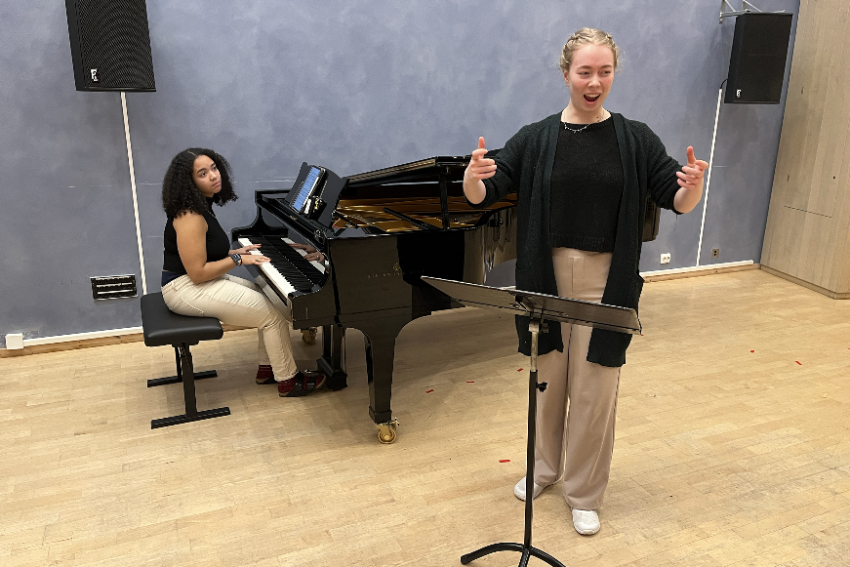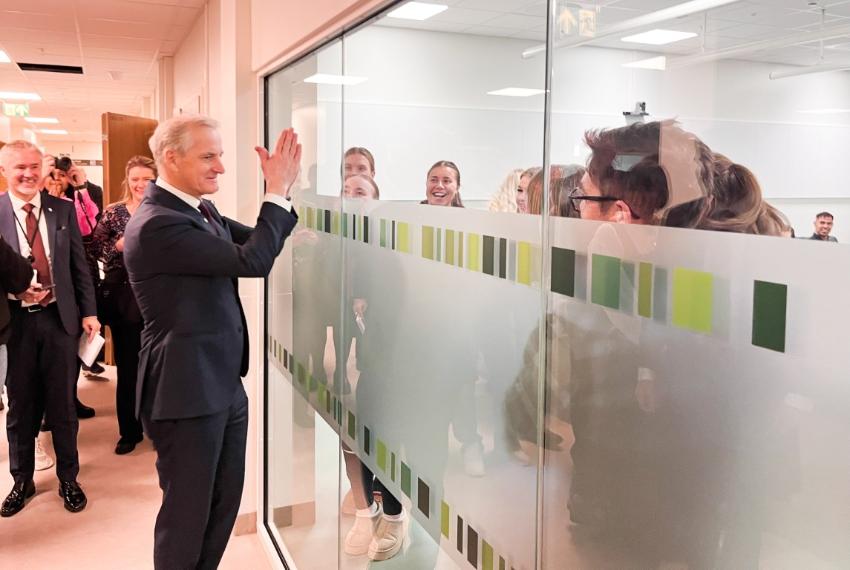Opening a new window onto medieval Europe
Researchers in four countries will reshape our understanding of the how medieval Europeans changed nature and landscapes – and how it still dominates our surroundings.
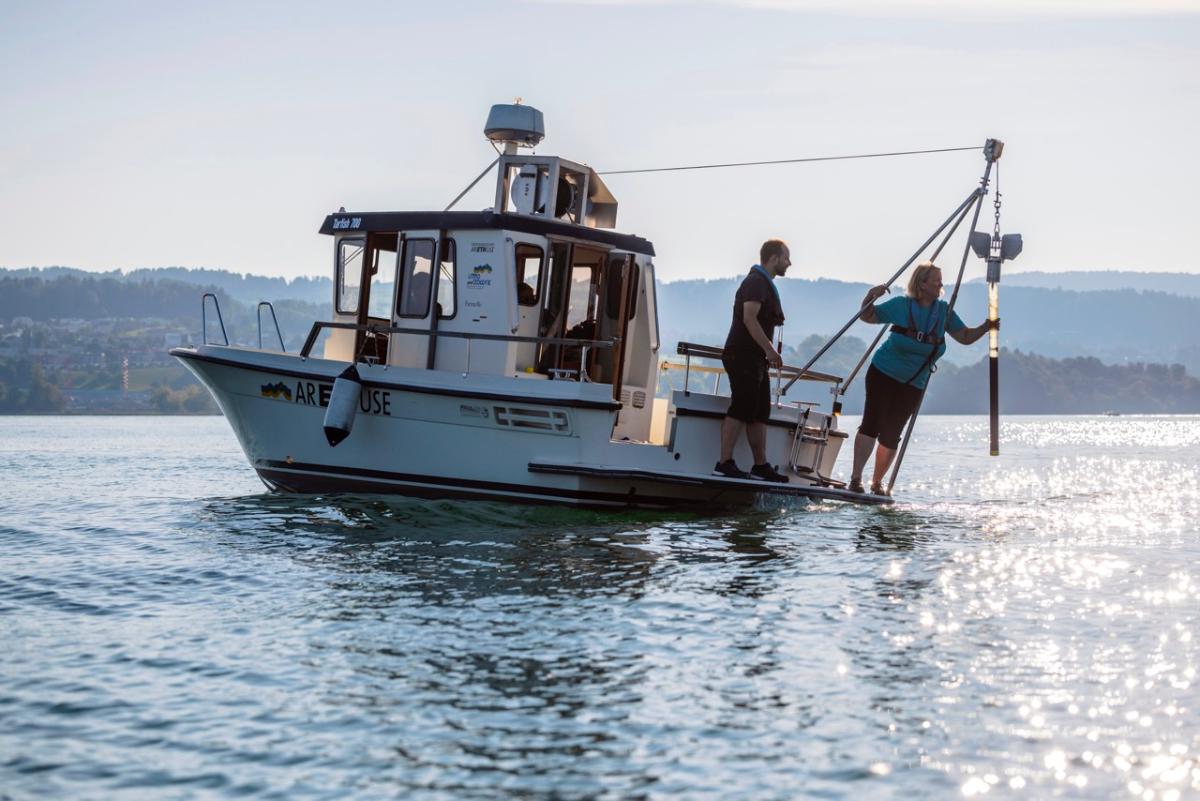
MEMELAND
The ERC Synergy Grant for MEMLAND is 13,537,645 euros and the UiT component is 7,075,963 €.
Participating leads
cPI: Prof Tony G Brown, Arctic University Museum, Arctic University of Norway (UiT), Norway
PI: Prof. Helena Hamerow, Institute of Archaeology, University of Oxford, UK
PI: Prof. Nathalie Dubois, Swiss Federal Institute of Aquatic Science and Technology (EAWAG), Zurich, Switzerland
PI: Prof. Andreas Lang, Paris Loudon University, Salzburg, Austria
Partner: Associate Prof. Ondrej Mottl, Charles University, Prague, Czech Republic.
In total, researchers of 13 different nationalities will contribute to the project.
The European Research Council has awarded a € 13 million ERC Synergy grant to the MEMELAND (Molecular Ecology of Medieval European Landscapes) project that will reveal how medieval farming shaped today’s landscapes and biodiversity.
Finding clues in soils and sediments
Memeland’s underlying approach is to sample and analyse sediments and soil in lakes and waters across Europe, so-called sedimentary DNA (SedaDNA).
The sediments at the bottom of lakes and other water bodies have been mostly undisturbed throughout the centuries, and can therefore offer unprecedented insights in climate, ecology, flora, fauna and human activities in the surrounding area.
In other words, we can see traces of human activity and agriculture in the kind of vegetation and animals present over the centuries.
A new and multidisciplinary approach
Three diciplines will provide analysis of the samples:
- The lipid biomarkers will reveal what animals and humans ate.
- The archeobotanical remains (including pollen analysis) will reveal which plants and crops grew there.
- The chronology research will use methods including Carbon14-dating to reveal the when.
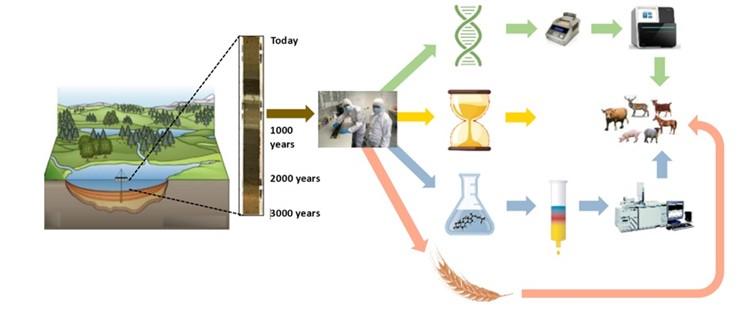
The MEMELAND process. Illustration: MEMELAND
“The funding will allow a roll-out of a new and exciting approach to not just understanding, but also protecting the landscapes of northern Europe and their essential biodiversity. For the first time we will be able to see how our environment came into being,” says Professor Anthony Brown at The Arctic University Museum in Tromsø, Norway.
Over 100 sites have been selected for sedaDNA, with additional sampling biomarkers and archeobotany at 6 detailed sites.
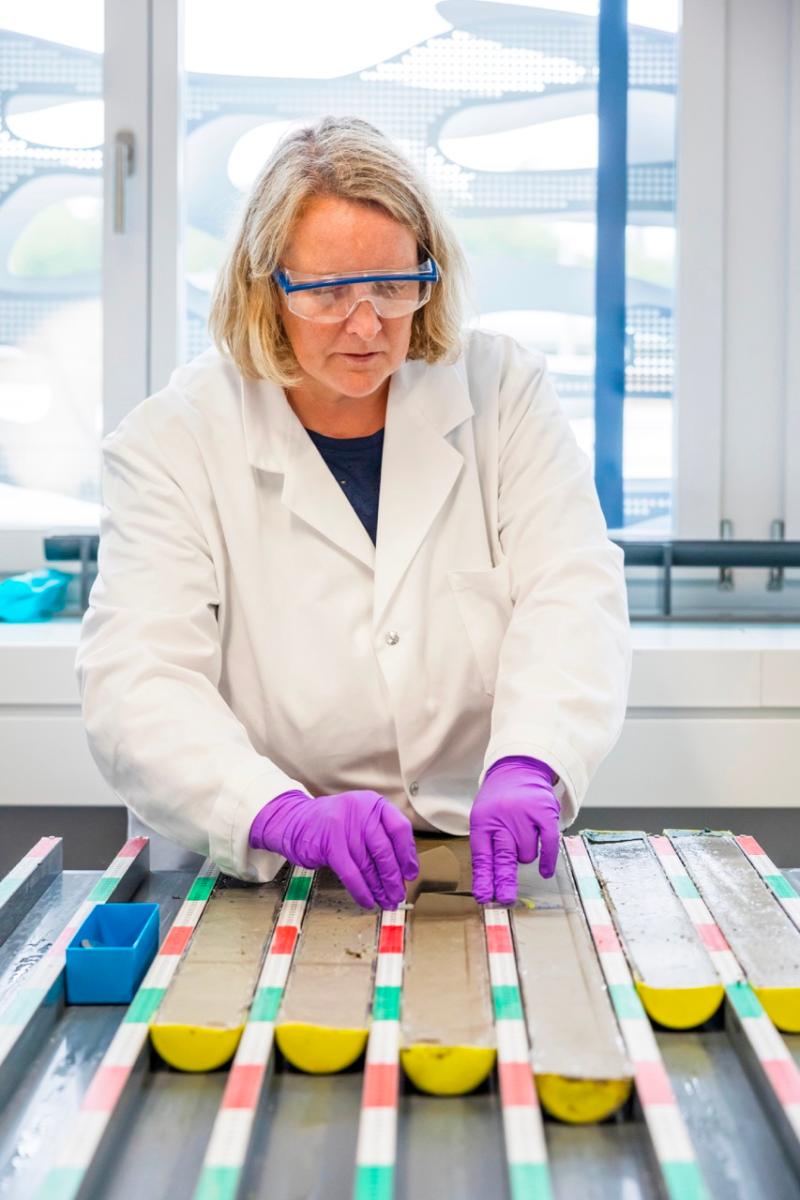
Earlier work with sedaDNA has discovered DNA from deep borrowing worms in lakes, probably brought there by the mouldboard plough that changed agriculture in medieval Europe.
Guiding restoration of European landscapes
Across Europe there are initiatives to revert land back to its “natural” condition. Depending on when one sets the point of natural state, this project will be a guide to restore parts of the landscape and ecology to its historical state – allowing us to restore and even enhance our degraded landscapes.
Other important pieces of the puzzle that MEMELAND will look for are:
- Did the Middle Ages witness an agricultural revolution or ecological degradation?
- Was change driven by elites, peasants, or both?
- What role did climate and disease play?
Engaging with multiple disciplines, this ambitious project seeks to provide comprehensive answers that transcend the capabilities of individual disciplines alone – answers where the sum is bigger than the parts.
